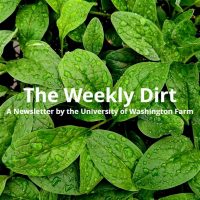Fantastical Fronds and Where to Find Them
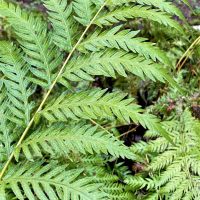
Ferns are unique in that they do not flower or produce seeds, but instead reproduce vegetatively or through spores. If you’ve ever seen dark brown dots on the bottom of a fern frond – those are spores! Spores are most often found on the underside of fronds in clusters called sori.
1) Woodwardia fimbriata Giant Chain Fern
This species is the largest fern native to North America and is found on the coast in moist coniferous forests from British Columbia to Baja California.
Read moreSpotlight on Bothell BES 495 Student Interns: Jessica Rouhana and Jit Singh Roopra
University of Washington Bothell (UWB) and the University of Washington Botanic Gardens (UWBG) at the Washington Park Arboretum (WPA) partnered this Winter quarter with two community based learning and research BES 495 student interns. Here are their BES 495 project blogs:
Planting Projects at WPA by Jessica Rouhana, BS in Conservation and Restoration Science
Two projects were focused on: Rhododendron Glen and the Lightning Tree.
UW Farm Weekly Dirt: Volunteer with Us!
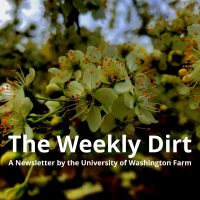
by Dannette Lombert, Food Security Lead, AmeriCorps Member
The UW Farm is Springing into the Season!
Happy Spring Equinox! Over here at the farm, we are well into the spring season. Our days are filled with starting seeds, transplanting, prepping beds, mulching, and harvesting. Now that the season is picking up with our seeds showing their true leaves and hardening off, we have added more volunteer shifts!
The Weekly Dirt 3.23.22
3.23.22
Around The Farm
by Dannette Lombert, Food Security Lead, AmeriCorps Member
The UW Farm is Springing into the Season!
Happy Spring Equinox! Over here at the farm, we are well into the spring season. Our days are filled with starting seeds, transplanting, prepping beds, mulching, and harvesting. Now that the season is picking up with our seeds showing their true leaves and hardening off, we have added more volunteer shifts!
The Weekly Dirt 3.16.22
3.16.22
Around The Farm
by Elizabeth Theirl, fourth-year undergraduate majoring in Neuroscience and Geography, UW Farm Environmental Justice Intern
What is Environmental Justice?
It is established that one’s geographical position can result in disproportionate levels of exposure to harmful environmental toxins and contaminants, as well as differences in accessibility to resources and outdoor spaces.
The field of Environmental Justice aims at addressing this inequality by redistributing both the environmental burdens and benefits among all members of society, regardless of age, immigration status, gender, sexual orientation, race, and ethnicity.
*New* Accessibility Resources for Our Gardens
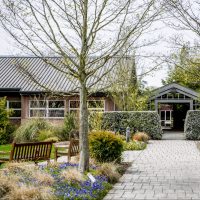
Here at the UW Botanic Gardens, we strive to make our spaces accessible to people of all backgrounds. We are grateful to members of our community for reaching out to inquire about the accessibility of our gardens. We have compiled a list of available resources on accessibile parking, trails, benches, and more for both the Washington Park Arboretum and Center for Urban Horticulture.
Read moreThe Weekly Dirt 3.9.22
3.9.22
Around The Farm
by Gulsima Young, Double Major in Informatics and Environmental Studies, UW Farm Informatics Intern
Direct Seeding at the UW Farm
There are many different methods utilized to start crops at the beginning of each growing season. Some crops at the UW Farm are started in a greenhouse and then transplanted, while others grow best when their seeds are planted right into the soil.
Digital Tree Tours of the Washington Park Arboretum
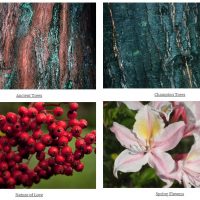
We are excited to share a brand new collection of four digital tree tours for the Washington Park Arboretum! Developed by our AmeriCorps member, Thuy Luu, these tours feature some of the Arboretum’s iconic collections and seasonal attractions. This new free public programming invites visitors to dive deeper into the stories of the Arboretum’s tree collections and offers a variety of routes and themes to fit different schedules and interests.
Read moreLiving Fossils at the Washington Park Arboretum
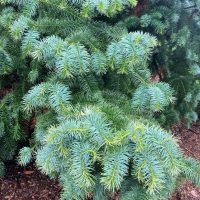
The term ‘living fossil’ was coined by Charles Darwin in his book, Origin of Species in 1859. Although definitions can vary, a living fossil generally refers to an organism that has remained in the fossil record for an unusually long time span with seemingly very little change. These organisms are fascinating case studies in plant evolution. Here are some of the living fossil plants that can be found in the Arboretum:
1) Taiwania cryptomerioides Coffin Tree
This coniferous tree species is native to eastern Asia and is the only surviving member of its genus, descending from the middle Jurassic Period.
Read more